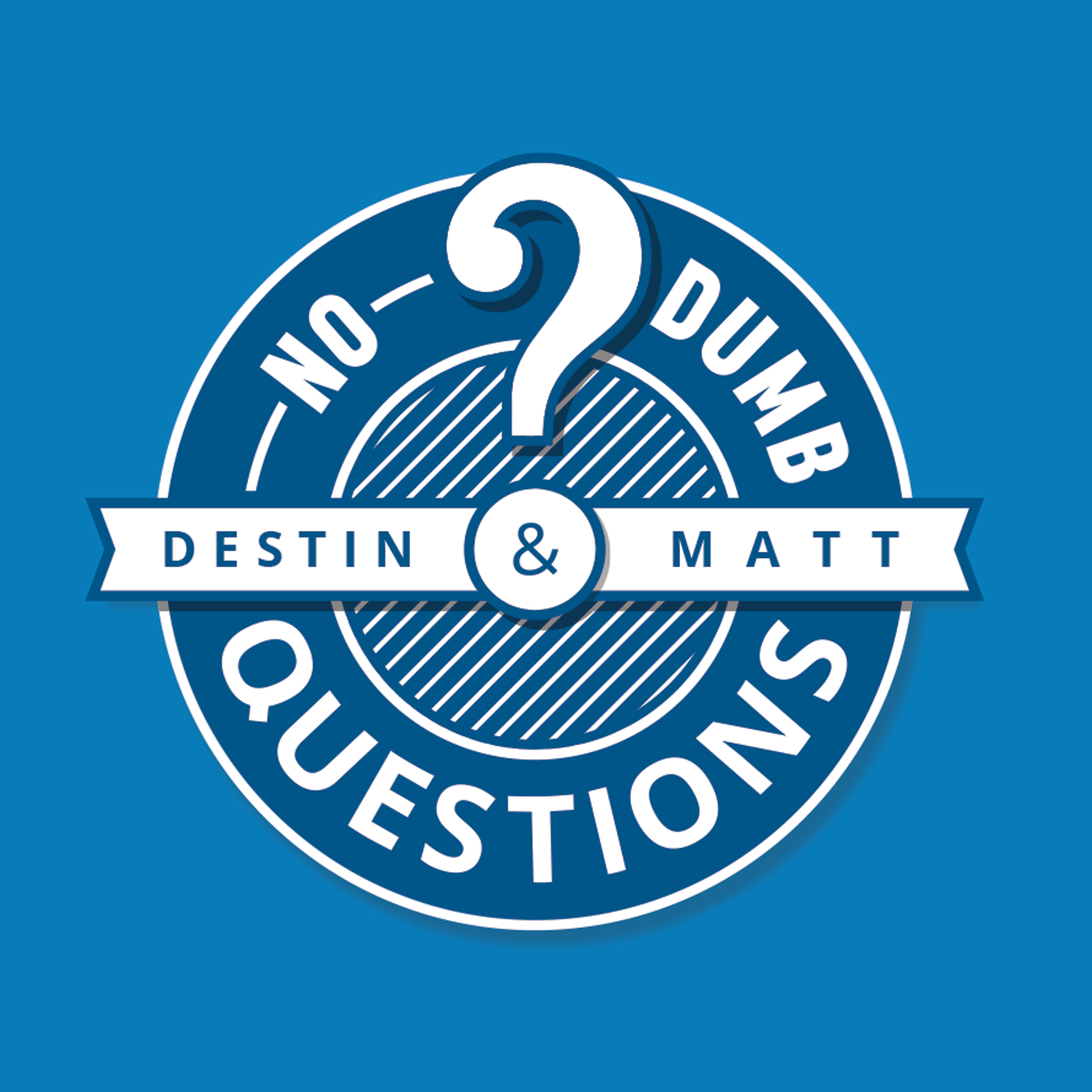
198 - The Crash at Crush
Get the full experience! Sign up to access transcripts, personalized summaries, and more features.
Episode Description
SPECIAL THANKS TO JEFF FOOTE
If you enjoyed the NDQ Ragtime Music, you're going to LOVE Jeff's new album! Go check it out at https://open.spotify.com/album/1qGpzm4JQvImjoiNoaNipB?si=qteqmGGrR7mviMNn7x0cNg
THIS EPISODE BROUGHT TO YOU BY:
You'll notice that there's no sponsor in this episode. We'd love it if you'd consider supporting on Patreon.
PATREON - patreon.com/nodumbquestions
STUFF IN THIS EPISODE:
Jake Paul / Mike Tyson fight highlights
CONNECT WITH NO DUMB QUESTIONS:
Support No Dumb Questions on Patreon if that sounds good to you
Our website is nodumbquestions.fm
SUBSCRIBE LINKS:
OUR YOUTUBE CHANNELS ARE ALSO FUN:
Matt's YouTube Channel (The Ten Minute Bible Hour)
Destin's YouTube Channel (Smarter Every Day)
Listen to Episode
AI-Generated Summary
Spectacles and Their Appeal
The podcast opens with a lively discussion on the nature of spectacles—large events designed to draw a crowd and create excitement. The hosts reminisce about personal experiences with spectacles such as music festivals and notable fights, highlighting how events that promise conflict or extraordinary displays tend to generate buzz and attract people. The conversation flows into childhood experiences with fights at school, setting a nostalgic tone.
The Crash at Crush: A Historic Spectacle
The focal point of the episode is the 'Crash at Crush,' a dramatic railroad event engineered in 1896 designed to capture public attention. William George Crush, an agent for the Missouri, Kansas, Texas Railroad, inspired by a previous successful train wreck in Ohio, orchestrated this spectacle expecting huge crowds. However, what was intended as a controlled event turned catastrophic leading to the death of two people when the boilers of the trains exploded, marking a profound example of spectacle turning disastrous.
Engineering the Spectacle: How It Was Done
The hosts delve into the technical specifics of how the Crash at Crush was planned and executed. They discuss the engineering feats involved, including the pressures and mechanics behind steam locomotives, the safety measures supposedly in place, and the precise timing required for the spectacle to be captured on camera. The episode emphasizes the ingenuity of the engineers who managed to synchronize the trains to collide accurately while also addressing the chaotic aftermath of the collision.
Legacy of the Crash at Crush
The discussion wraps up with reflections on the societal implications of such spectacles, comparing past events like the Crash at Crush with current spectacles, including social media phenomena and viral stunts. The hosts ponder over how human nature has always been drawn to shocking experiences, and surprisingly how modern exhibitions still echo these past events—transformed by technology but fueled by similar instincts.
Ready to get started?
Join other podcast enthusiasts who are getting podcast summaries.
Sign Up Free
